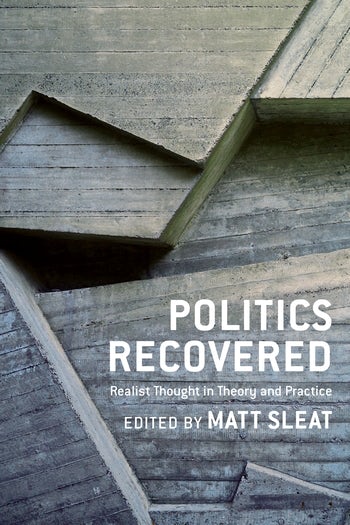On the Anniversary of Pearl Harbor: A Post by Greg Robinson
The following is a post, published last year, is by Greg Robinson, author of A Tragedy of Democracy: Japanese Confinement in North America, now available in paper.
December 7 remains, as Franklin Roosevelt predicted, a date that lives in infamy. It merits this title, though, not just as the anniversary of Japan’s attack on Pearl Harbor, but also as the onset of military dictatorship in the United States. Martial law in wartime Hawaii, then a U.S. territory, represents the only case in modern American history where a civilian government was overthrown by Army commanders. Despite repeated promises to restore democratic rule, military governors held arbitrary power for three years, long after any threat from Japan had passed, and justified its actions by racism against Japanese Americans.
While martial law in Hawaii came about in the wake of the Pearl Harbor attack, the Army’s actions were not simply a response to it. Rather, during fall 1941 the Hawaii Defense Act was passed into law, with the support of the Army and Navy, precisely in order to avoid martial law. The law granted the governor broad powers in case of war, but protected constitutional rights. On December 7, once news came of the Japanese bombing, Governor John Poindexter invoked the Act. Soon after, Commanding General Walter Short visited Poindexter and presented him with a proclamation that the governor had never seen. It granted the military all powers exercised by all “employees of the territory” for a period covering “the emergency and until danger of invasion is removed”. Short insisted that he only needed such authority for “a relatively short time,” and then threatened to take power unilaterally. Poindexter reluctantly signed, and Short immediately declared himself “military governor” and suspended Hawaii’s constitution.
Military rule was marked by arbitrary decrees that regulated all aspects of civilian life, establishing curfews, setting wages and prices, and rationing gasoline and other commodities. Newspapers and mail were censored, and all speech or action critical of the military government forbidden. Most egregiously, the Army closed down the courts and created a network of military commissions and provost courts, which tried all criminal cases. These military tribunals, presided by armed officers without legal training, were classic examples of drumhead justice, unfettered by rules of evidence, presumption of innocence, or other constitutional safeguards. Juries were forbidden, and lawyers discouraged or even barred. The courts were effectively rigged against defendants, and no machinery was established for appeals. Of the 22,480 trials conducted in provost court in Honolulu in 1942-1943, 99 percent ended in convictions—one official who heard 819 cases issued convictions in all 819! The tribunals frequently issued severe sentences, including imprisonment and hard labor, for trivial offenses.
There was little popular opposition to the martial law government. Neither the Hawaii Bar Association nor local businessmen’s groups (who were delighted by the curbs imposed on labor strikes) criticized the Army’s actions, and the censored press was silent. However, once the American victory at Midway largely eliminated the threat of a Japanese invasion, a new territorial governor, Ingram Stainback, and his Attorney General, J. Garner Anthony, campaigned to restore civilian rule. Army commanders refused, and justified continued denial of democratic rights on racist grounds: namely that Japanese Americans, who made up a large minority of Hawaii’s population, posed a vital menace to security, and that jurors, teachers and elected officials from that group could not be trusted. Ironically, military governors simultaneously resisted calls from Washington for mass confinement of ethnic Japanese, and later endorsed the establishment of an all-Nisei fighting unit so that they could demonstrate their exemplary loyalty.
In March 1943, the Army finally allowed certain functions restored to civilian control. However, the Military Governor maintained control over Hawaii. Habeas corpus remained suspended and military tribunals continued operations. It was not until October 1944 that President Roosevelt officially rescinded martial law. In early 1946, the U.S. Supreme Court belatedly overturned the military tribunals. In Duncan v. Kahanamoku. Justice Hugo Black, writing for the Court, made clear his outrage over the Army’s actions: “Our system of government clearly is the antithesis of total military rule and the founders of this country…. were opposed to governments that placed in the hands of one man the power to make, interpret and enforce the laws.” It is important for us to remember the history of martial law in Hawaii, especially at a time when our government has again taken extraordinary powers and created a system of military tribunals to try cases. The Army’s actions raise serious questions about how to resist or roll back encroachments on democratic rights in the name of national security.




